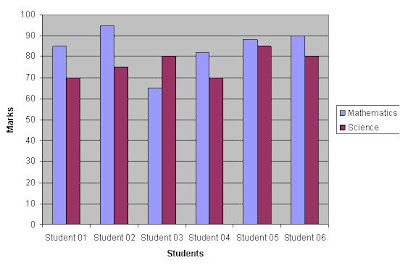We know that a number in the form of P/Q is called a fraction. Both P and Q are integers. The fractions can be proper fractions, improper fractions and sometimes even mixed fractions. Mixed fractions are also known as mixed numerals or mixed numbers. The operations of addition, subtraction, multiplication and division can be performed on these fractions. Now we will learn the process of dividing mixed fractions to get the final answer. This can be done in a few simple steps. The first step would be to convert the mixed fraction into an improper fraction. Improper fraction is nothing but a fraction in which the denominator must be less than numerator. After this step again the question arises how to divide mixed fractions to arrive at the final answer. The second step is to get the divisor. Divisor is the number or the fraction by which the mixed fraction has to be divided. After getting the divisor, the numerator of divisor is made its denominator and vice versa and multiplied with the improper fraction we got from the mixed fraction given.
The product got after the multiplication is the answer. Now the question how do I divide fractions would have been cleared in the minds of many. This is a very simple process as we understand it. We get division fractions in the process. After finding the reciprocal of the divisor and multiplying with the improper fraction we get a product. This has to be simplified to the lowest terms possible. Only then we get the right answer. Simplifying to lowest terms can be done by dividing the numerator and the denominator by a common number so that both the numerator and denominator are fully divisible by that number. This process has to be continued till the numerator and denominator in the lowest forms and they are not further divisible. This process is done to simplify the fraction and not keep it as large numbers. This will help in the calculations as we need deal with large numbers. Also the time consumed would be less. Lesser the time consumed more will be efficiency. The process of division takes bit more time than other operations of addition, subtraction and multiplication. This is because division involves multiplication as well. This can be overcome by doing more and more practice. Once we have enough practice we can bring down the time required to solve a problem.




